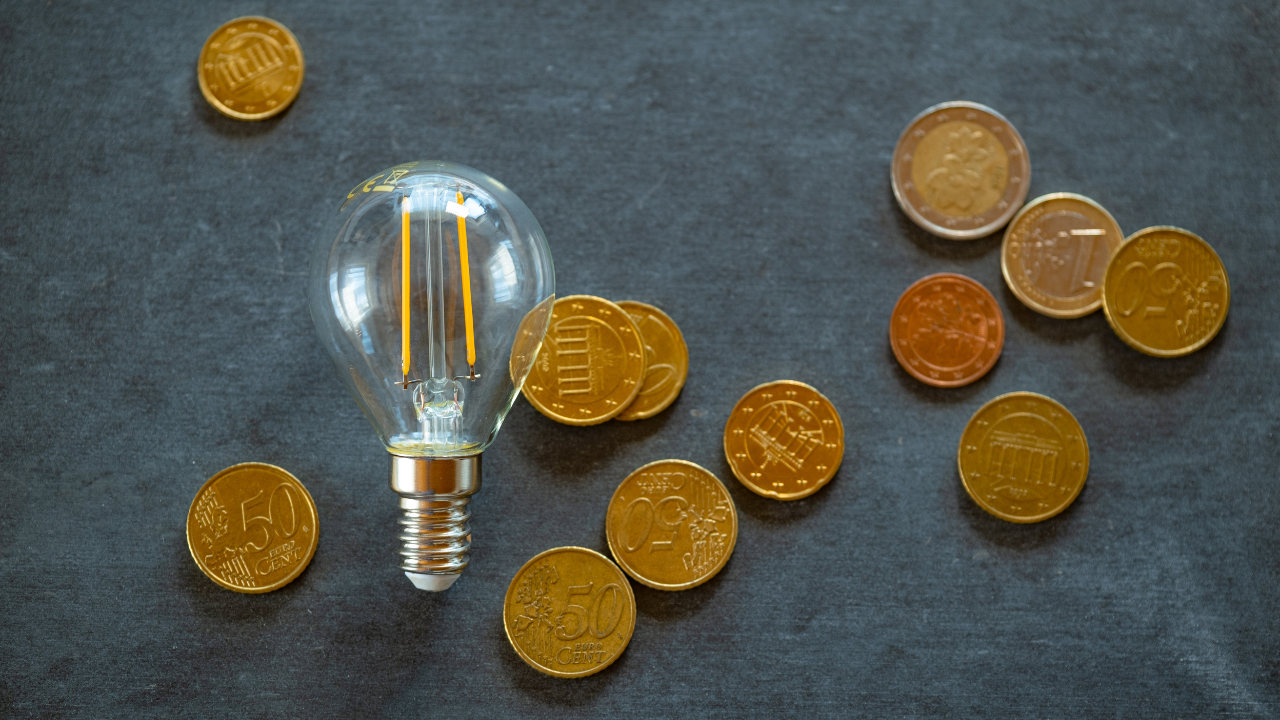Energy Optimization: How to turn your facility green
Cassie Quaintance, Energy Market Segment Manager, Schneider Electric
Going Green: Energy Optimization
Going green very often must mean saving green. To implement energy optimization, you must successfully implement energy efficiency initiatives that reduce energy consumption.
Industrial facilities are going “green” in increasing numbers. This is good news for the environment, but with energy prices the way they are, it’s more likely that many sustainability initiatives in the industrial market are being driven by companies’ bottom lines. In many cases, internal sustainability projects won’t get senior management approval based solely on a positive environmental impact. Going green very often must mean saving green, and this is possible when you successfully implement energy efficiency initiatives that reduce energy consumption.
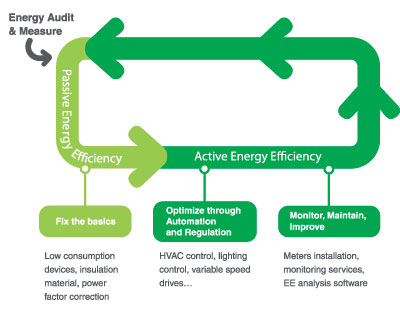
Front-End Analysis and Setting Goals
A good first step in any energy optimization project is to perform a comprehensive energy analysis, where energy experts examine the energy usage patterns and demands of a facility and identify opportunities to improve energy efficiency. Projects are then prioritized based on the initial cost and expected payback period, and those with the greatest potential savings and quickest payback should be among the first to be undertaken. Another factor to consider is that with higher energy prices, the expected payback time of energy efficiency initiatives has dropped by 30 percent in the last five years, expanding the list of viable projects to implement.
Getting management approval to undertake those identified energy efficiency projects is not always an easy task. Find out ahead of time what financial model your company uses to make investment decisions, then present projects within that framework. If this isn’t possible, explain other advantages such as reduced maintenance costs, increased comfort, and indoor air quality, and translate proposed savings into environmental goals such as potential greenhouse gas (GHG) reductions. Documenting these side benefits increases your chances of getting a project approved.
After projects begin, facility managers should report new energy usage patterns and the resulting savings on a monthly basis. Schedule a quarterly conference call where energy teams at each of the facilities share information or set up meetings once a year to discuss best practices that have been established and how they can be replicated companywide. Don’t be shy about communicating results from energy efficiency initiatives companywide in order to generate support for future projects.
Fix The Basics: “Passive” Energy Efficiency Initiatives
Typically, a complete energy analysis will include recommendations to improve the most basic electrical issues. Examples of this may be to replace existing equipment with lower consumption devices and to fix leaks and add insulation. Oftentimes energy efficient lighting upgrades are among the first projects undertaken, largely because of their quick return on investment. Also, adding insulation in major heat loss areas is one of the easiest and most effective areas for improvement.
Power reliability also remains a major concern among industrial manufacturers as electrical supply disruption can cost a plant millions of dollars due to lost production time and equipment damage. It’s important to ensure all upgrades improve the efficiency and maintain or even increase the system reliability. Of course, power reliability means more than just a steady supply of electricity, it also means ensuring a high level of power quality, free of spikes, sags, swells, harmonics, or other transients that can damage equipment or cause it to fail prematurely.
Maximizing Savings Through “Active” Energy Efficiency Initiatives
Some of the first energy-saving steps a facility can take are also some of the simplest and least expensive. Often requiring little or no investment, a focus should be placed on possible behavioral changes such as shutting down production equipment and lighting when not in use to reduce energy. However, you may find that asking people to modify their behavior does not return reliable results. Instead, consider installing devices that automate the control of equipment, such as turning off devices when not needed and regulating motors or heating at the optimized level. This is known as implementing active energy efficiency initiatives, and typical energy savings for these initiatives can be up to 30 percent.
For example, lighting controls can represent significant savings in your facility. Consider installing occupancy and light-level sensors in conjunction with lighting control software so that lights are automatically turned on and off using either a predetermined schedule or based on input devices.
Motor loads often represent the largest opportunity for energy savings and it is a good idea to look at ways to reduce the power consumption of the motors used in HVAC systems and manufacturing processes. Consider installing variable frequency drives, which provide improved control over motor operations and the ability to run at only a percentage of the motor speed, resulting in less power being used in the application.
Use Monitoring For Better Energy Management: “System” Energy Efficiency Initiatives
It’s likely that numerous energy efficiency projects will be considered and implemented in your facility to contribute to overall energy savings. In order to maximize these savings and know which projects to implement first, it is vital to benchmark energy consumption and track savings by project. Be sure to install circuit monitors, which allow for up-to-the-minute energy usage and quality readings in addition to long-term trending. Metering is critical to identifying demand savings opportunities and gives managers the data necessary to identify energy efficiency opportunities and validate savings.
If you already have a power monitoring system, one way to take it to the next level is to integrate those devices into an energy management software system. For plant managers, such software can help manage energy in financial terms, as well as benchmark and compare facility performance across all its operations to identify energy inefficiencies or losses. This type of software is also beneficial in meeting corporate environmental stewardship goals and even has the ability to monitor greenhouse gas emissions – by collecting pertinent data and converting energy reductions to equivalent carbon emissions.
Case Study
In 2004, Schneider Electric began an energy optimization project employing the actions and ideas above, focusing primarily on 21 of its facilities spread across the United States, Mexico, and Canada. The program set out with an ambitious goal of reducing energy consumption per employee by ten percent from 2004 to 2008.
Using many of its own products and solutions, Schneider Electric was able to realize an energy savings from 2005 through August 2008 that totaled more than $5.1 million. In addition, the company’s goal of reducing energy consumption per employee by ten percent by 2008 was met two years ahead of schedule.
Beyond the cost savings, Schneider Electric looked at its results and equated the savings into something other than money. It was figured that the energy initiatives avoided 5,454 tons of CO2 emissions and a ten percent reduction in greenhouse gases. In other words, the company saved enough electricity to power 655 average homes, or the equivalent of annual emissions from 906 passenger vehicles, or 11,506 barrels of oil.
For companies willing to invest the time and resources to energy efficiency initiatives, the payback can be dramatic to both your bottom line, but also to your impact on the environment.
More by Cassie Quaintance: A Four-Step Path to a Comprehensive Energy Management Action Plan
Related Articles
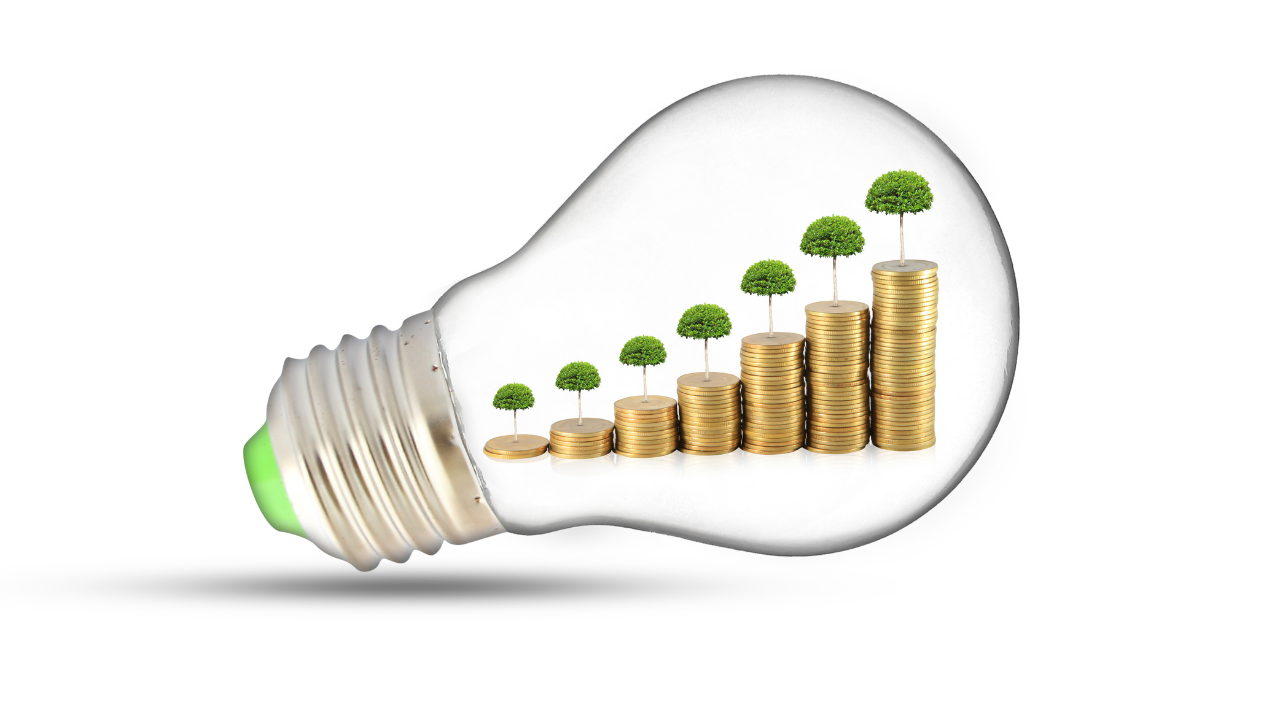
Achieve Energy Savings in Plant Facilities
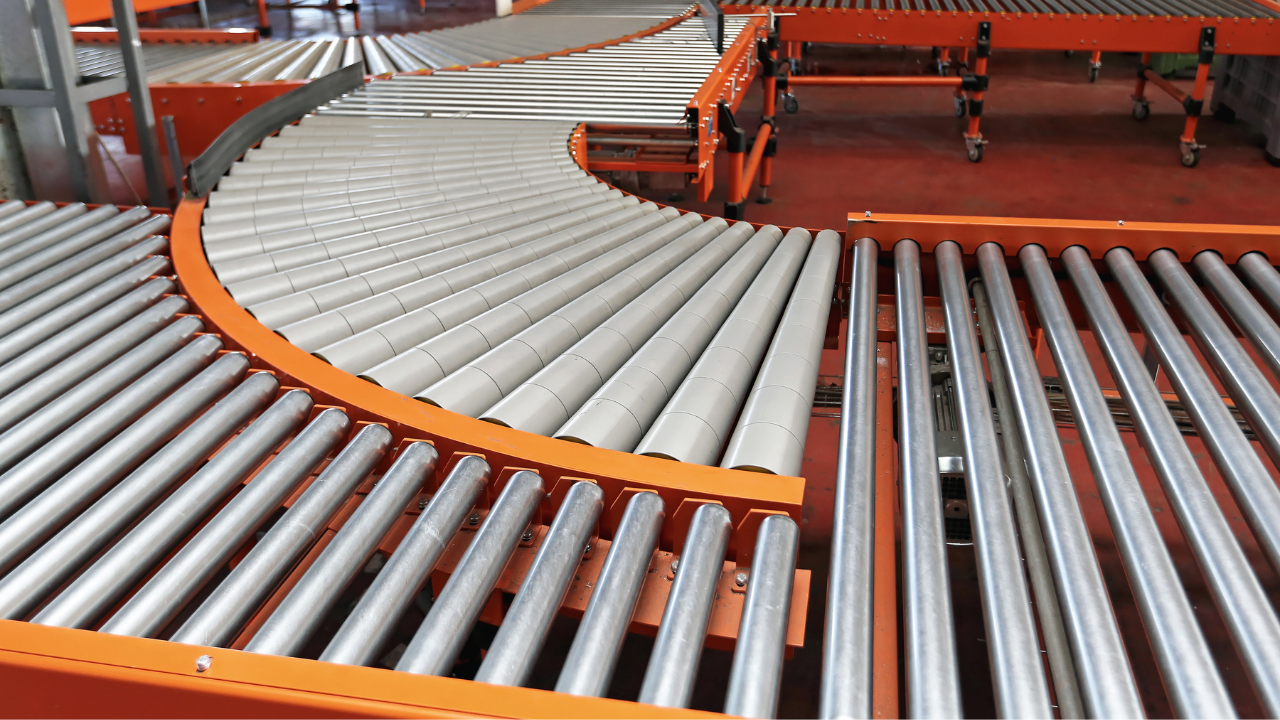
Eliminating Conveyor Concerns

The Full Circle of Engineering Education

Developing Marketable Engineering Skills
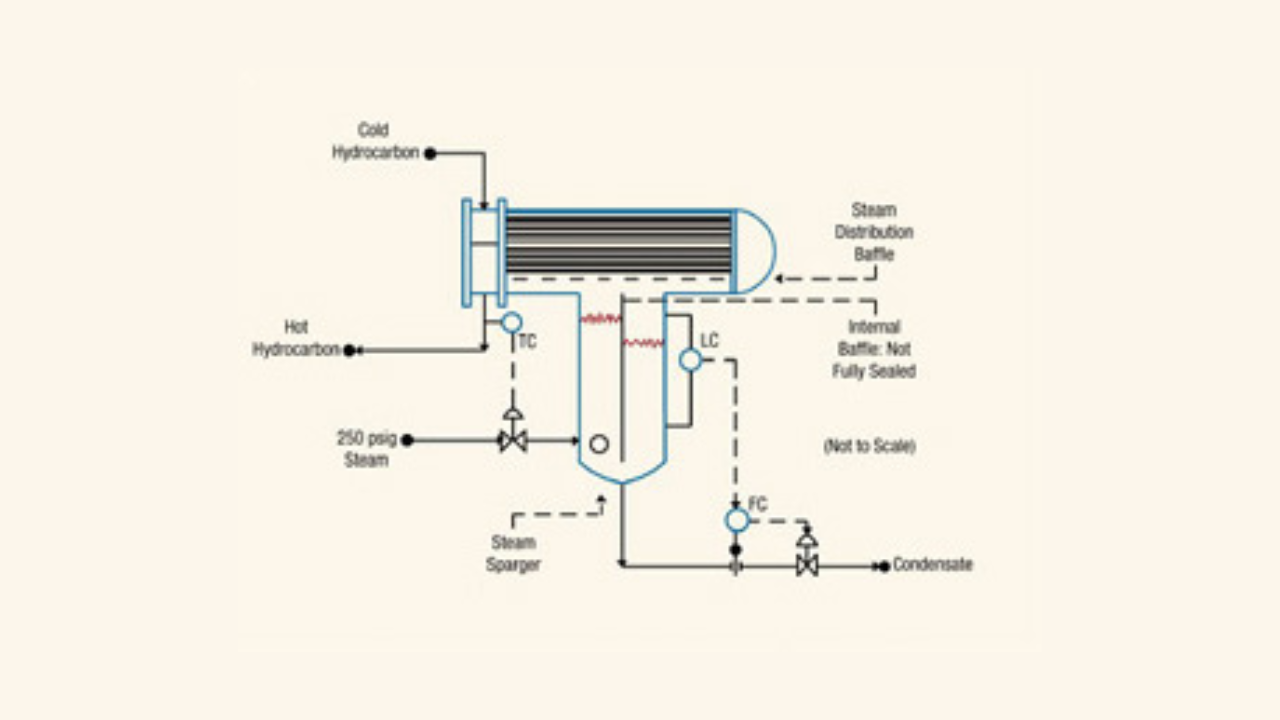
Preheater Points Out the Value of Cooling Off

Design for Maintainability: The Innovation Process in Long Term Engineering Projects
